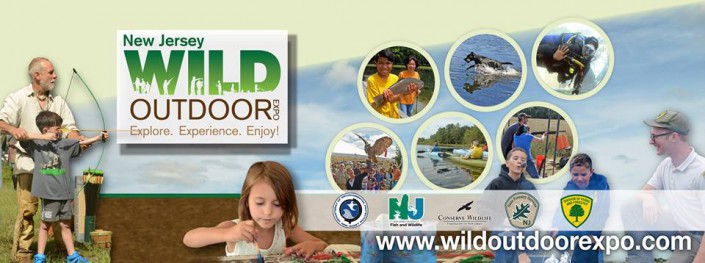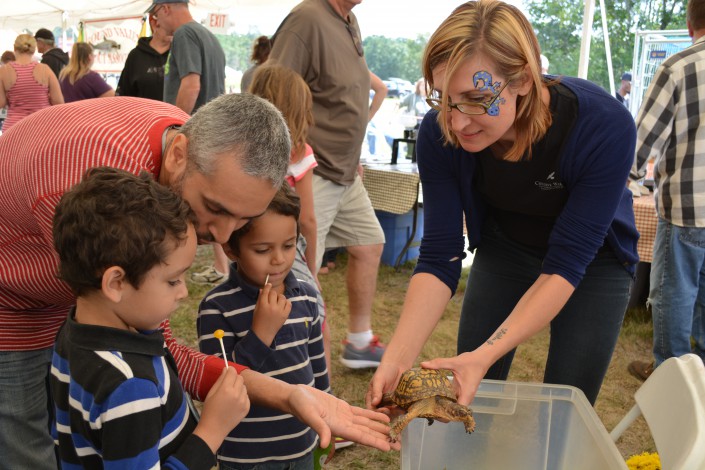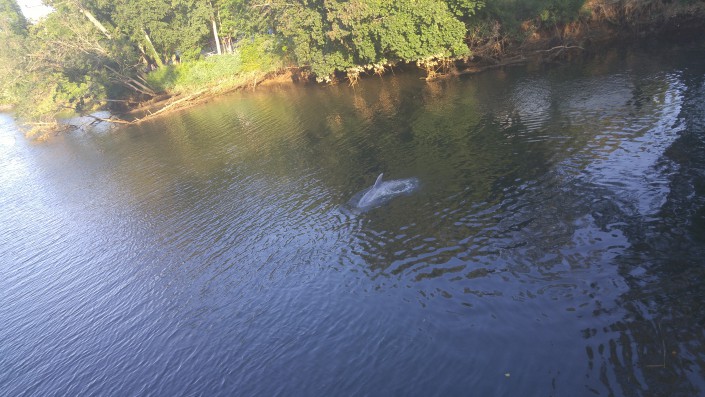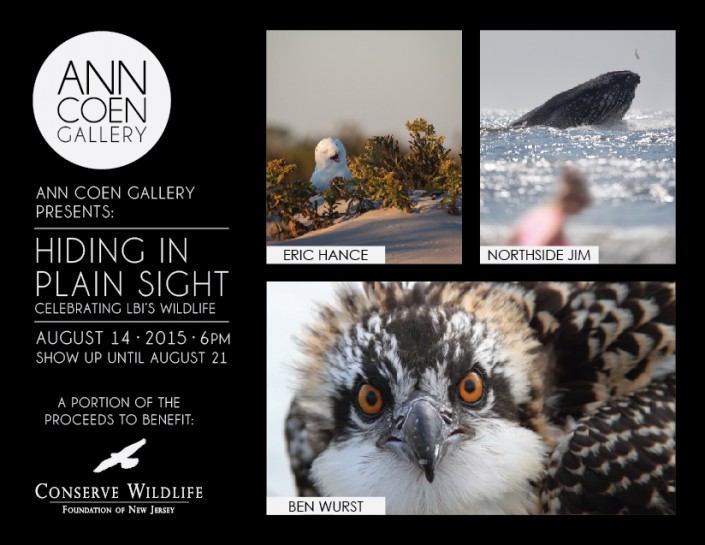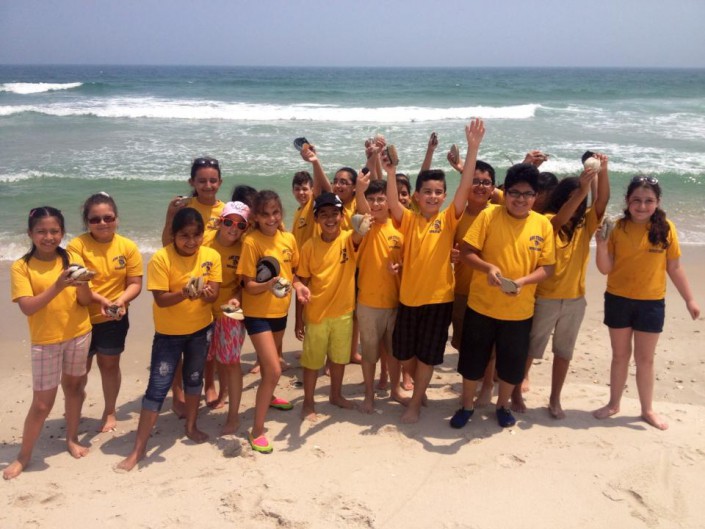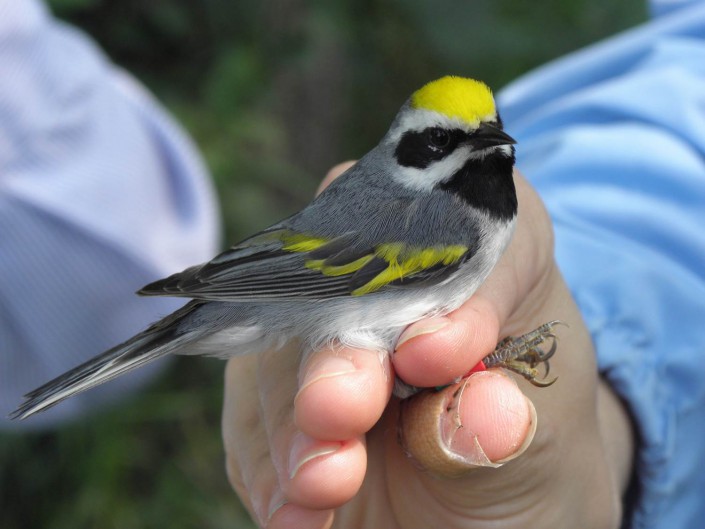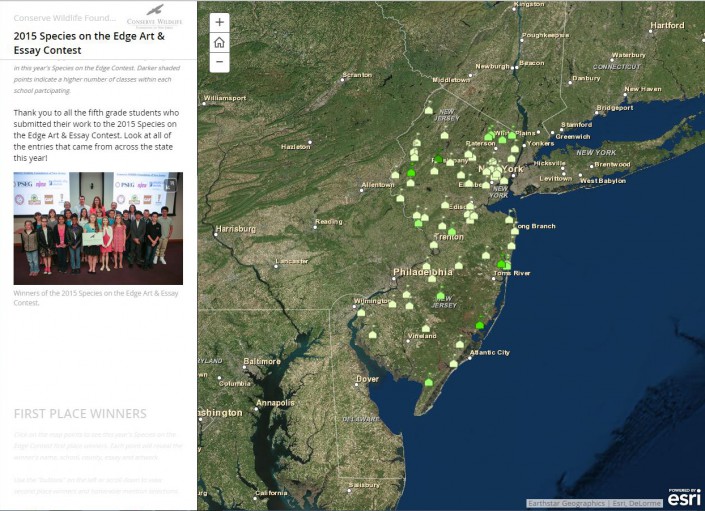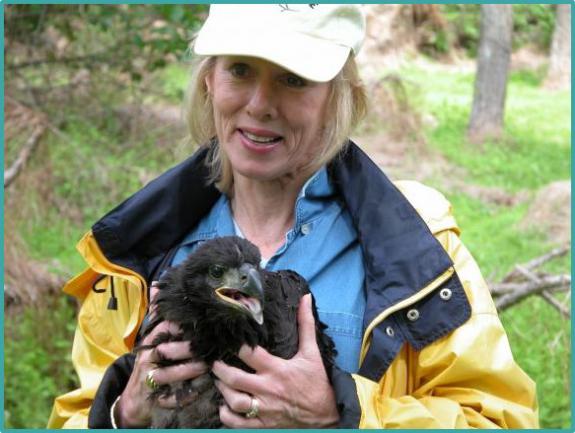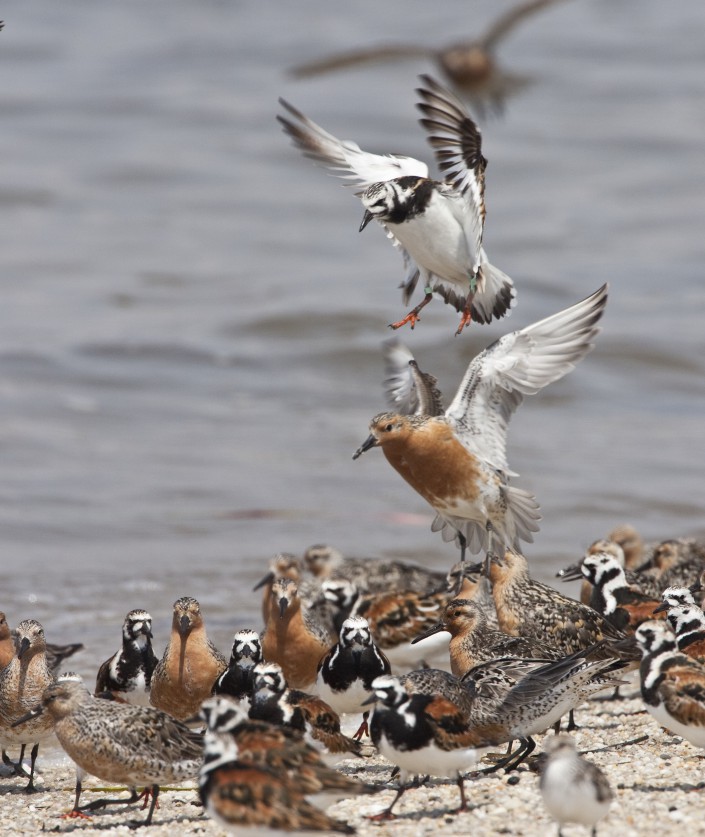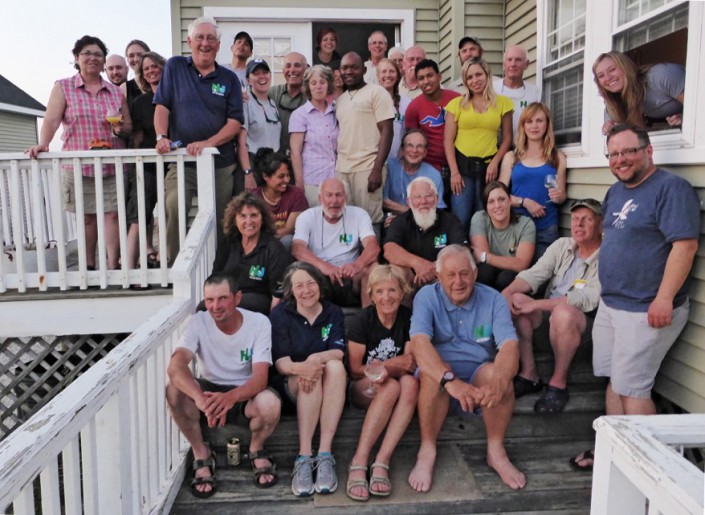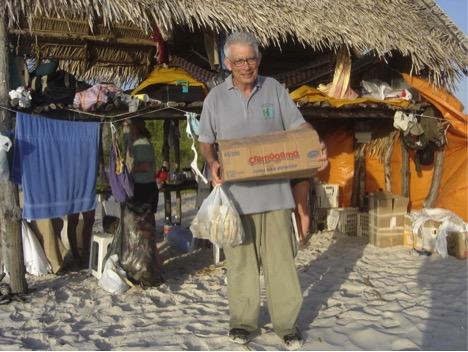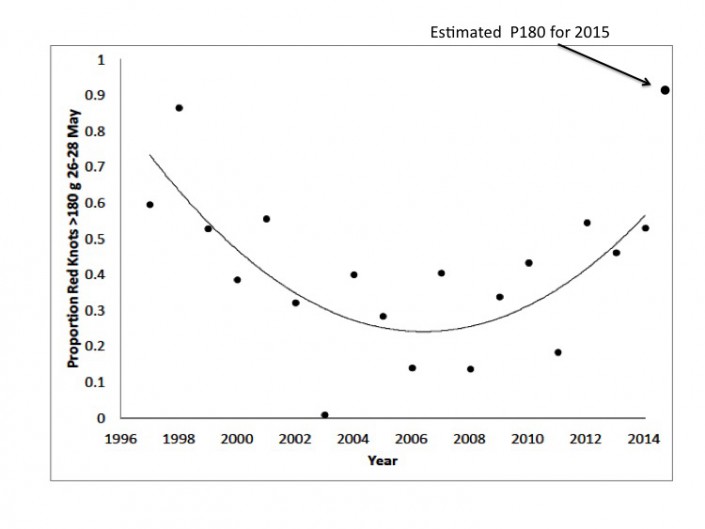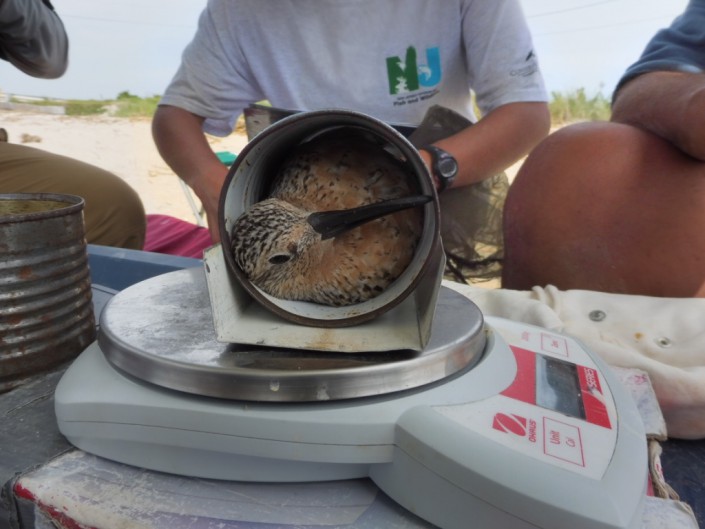Help Pollinators: Create a Bee-Friendly Backyard
A Few Tips to Attract Bees to Your Backyard
by: McKenzie Cloutier, Special Events and Fundraising Intern
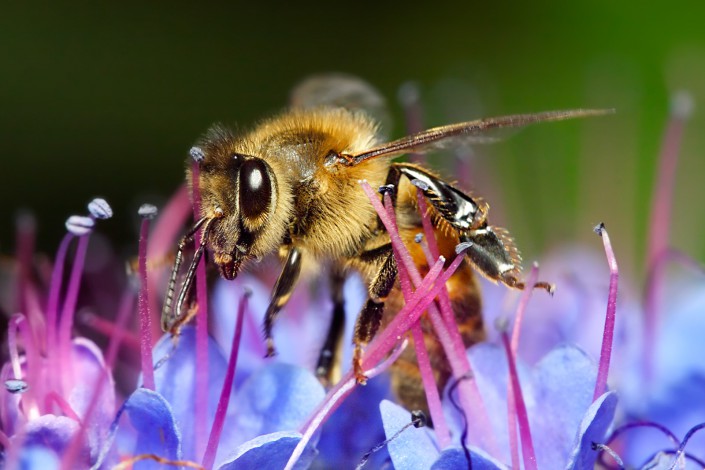
Bees are essential members of our community. Some organizations estimate that we rely on pollinators to produce about 75% of the food we eat including vegetables, fruits, herbs, nuts and even coffee and chocolate! Nearly all of earth’s plants rely on bees. Conserving bees will help ensure food security.
Despite their importance, bees are currently threatened worldwide and as a result, their numbers are declining rapidly. The most prominent threats to bees include pesticide use, loss of habitat due to construction and human development, and an increase in invasive or nonnative plant species.
Thankfully, there is a lot that can be done to help bees regain their numbers, starting in your very own back yard:
- First, reduce pesticide usage in your yard. Pesticides are harmful because they affect the nectar that bees consume. Ideally, go pesticide-free!
- Next, create a habitat for bees in your backyard. Plant a garden with a variety of plants for bees to pollinate. Choose plants that flower at different times so that the bees will always have food accessible to them. Native plants are the most beneficial to bees. Bees will pollinate a countless number of different plant species, but they are more attracted to certain colors such as blue, purple yellow, white and violet. A few examples of their favorites include:
- Foxglove
- Heliotrope
- Blueberry
- Sunflower
- Lavender
- Squash
- Next, construct homes for bees. Different structures are beneficial for different types of bees, so you can research ways to help house the various types. For example, you could purchase a mason bee house to benefit mason bees. You can also build your own bee house! Start with a milk carton or wooden box and paint it a bright color, making sure to use a zero-VOC (volatile organic compound) or low-VOC paint. Insert and layer piles of brown paper nest tubes; you can find these at a garden store or construct them yourself.
- You can also build a bee bath. Bee baths should be shallow with landing spots available for bees. For example, use a plate or bowl and line it with rocks. Add only enough water that the rocks stay dry to serve as landing spots for the bees. Be sure to position the bath at ground level and to change the water on a daily basis.
- A few last tips include choosing to mow meadow areas of your lawn less frequently and leaving an area of dirt in your yard for ground-nesting bees’ tunneling.
For more tips on how to help pollinators, visit U.S. Fish and Wildlife Service’s website.
McKenzie Cloutier is the summer 2015 Special Events and Fundraising Intern for Conserve Wildlife Foundation of New Jersey.
